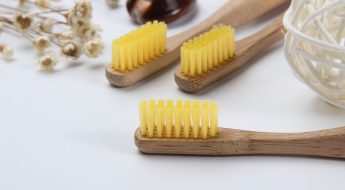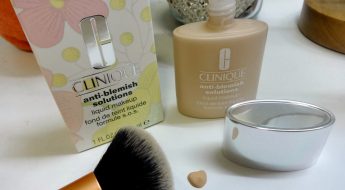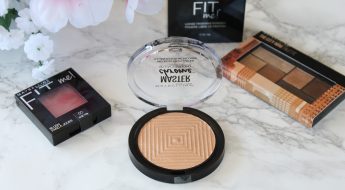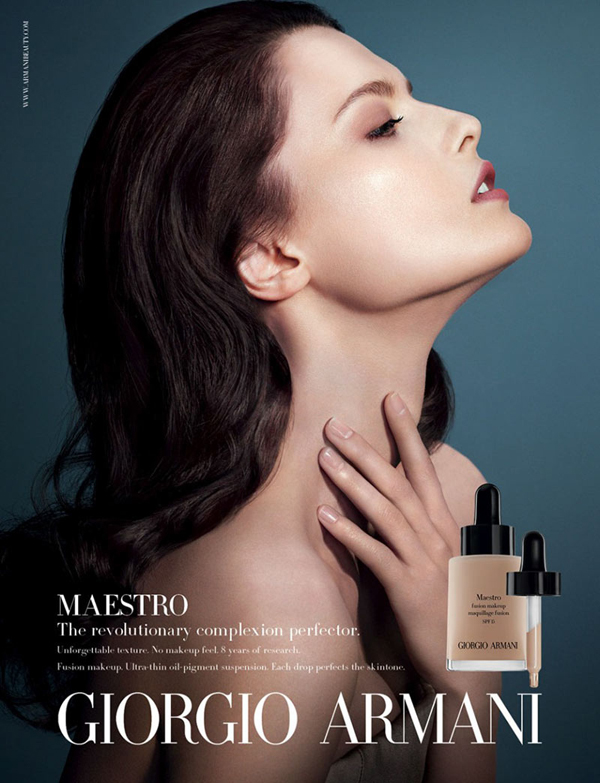
Self tanner is one of my favorite cosmetics because it allows me to get the sun-kissed skin in the middle of winter without even exposing my body to the sun! Actually, I also use it during the summer. Why? Just think: you don’t have to spend hours being flat on your back on the beach or lying under some solar bed lamps. Instead, you can spread a self tanner on the chosen body parts to soon enjoy the fake sun-kissed skin effect. Just think how safe this is for our bodies! Zero harmful UV rays, no photo-ageing… nothing! Okay, but is application of self tanners really that completely safe? What are the pluses and minuses of a self tanner? How to choose the right one and how to apply it correctly? Go on reading to find the answers to these questions.
Face & body self tanner: Pluses & minuses
Obviously, self tanners have their “dark” side – and I’m not talking about making skin darker. When used unskillfully, they may trigger stains that would blemish your skin. Some poor quality self tanners – the ones that are a complete disaster – can make your skin look unnaturally orange. Hell, no! Fortunately, nowadays you can create stunning effects of natural looking fake tan with the majority of self tanners. Luckily, the age of orange-ish fake tan is over now. Rarely will you find such a dud.
To me, the most important is the fact that with self tanners you can get a tan without the need to – so to say – activate the melanin. For those who yawned on the Biology classes, melanin is a skin pigment that is produced when or body is in contact with the sun rays. Put simply, when you apply a self tanner, you don’t expose the skin to harmful UV rays so there will be no sunburn, pigmentation spots or extra wrinkles. Last but not least, you can use a self tanner all year.
TANNING WITH NO SUN GUIDE: How to choose the best self tanner?
1. The shade of the self tanner
One of the most important things to take into consideration while picking a self tanner is the shade of the cosmetic – it just has to match our skin tone. At the beginning, many people follow some unjustified optimism thinking that since they want to get a super extra dark tan, they have to reach for a super extra dark self tanner. Well, I hate to break it to you but it doesn’t work like that. Instead of getting a healthy-looking skin, such self tanner will create the nasty looking stains that will attract attention – in a negative sense, of course. Simply, they will create a high contrast with the pale skin. In short, you can choose among self tanners either for fair or little darker skin. In most cases they are labeled as Light/Medium.
2. Purpose
Another vital issue concerning choosing the right self tanner is the body part you want to tan. It must be realized that self tanners – contrary to body balms – don’t contain any lubricating oils that are highly comedogenic and clog skin pores. Oh, and there is one more thing to mention. Always choose the body and face products that are launched by the same brand and belong to the same series/line. Then you will get even fake tan. I’ve learned it myself how important this issue is.
3. Texture
We can choose between cream, gel, spray, lotion and even mousse self tanners. When it comes to the texture – I guess – asking others for advice isn’t the best thing to do. In this case, it’s a matter of personal preference. Some people like using spray self tanners whereas others (like me) prefer a lightweight mousse self tanner. Actually, sometimes you can come across self tanners that are divided into categories, and by saying this I mean that a particular texture of a self tanner is designed for a particular skin type. For example, the most optimal solution for oily skin would be a mousse or lotion self tanner. Dry skin should be treated with a cream self tanner that is richer in moisturizing agents.
How to apply a self tanner correctly?
Dry skin parts (or patches) absorb more cosmetic, and therefore if you want to get an even fake tan, before applying the product to the skin, you should follow two steps:
- do body/facial scrub
- replenish your skin with water
A day before using a self tanner, I always do a full body and facial peeling paying special attention to my knees and elbows. Why is it so? Because these are the areas where the self tanner tends to gather most and I don’t want to get darker spots on my legs and arms. So, this is how I get an even fake tan. “Is there any special body scrub that you would recommend to use prior to a self tanner?”, you may ask. To be honest, there is none. Actually you can even go for preparing your own body scrub by for example mixing used coffee grounds and olive oil.
PRO TIP!
The best time to apply a self tanner is evening – this is when you have more free time. One of the biggest mistakes is spreading a self tanner in a hurry. Once you do this, don’t be surprised if your legs or arms are covered with stains. It’s also important to free the skin from makeup, deodorant, perfume and body oils because such products may react with a self tanner causing some nasty irritations.
It goes without saying that prior to applying a self tanner you should tie the hair up and take the jewelry off. Protect your hands with cream, latex gloves or alternatively you can wash them thoroughly once you finish spreading the self tanner all over your body. Also, it’s a bad idea to apply the self tanner to the skin directly from the tube – unless this is a spray self tanner.
I applied the self tanner to my body. What’s next?
In most cases a regular self tanner needs 15 minutes to get absorbed by the skin, yet when it comes to showering, better wait even up to 6 hours. Again, wash your hands carefully and resign from wearing white clothes (note: you can put on a white outfit the next day).
GOOD LUCK! <3 Let me know how it went 🙂










Leave a Reply